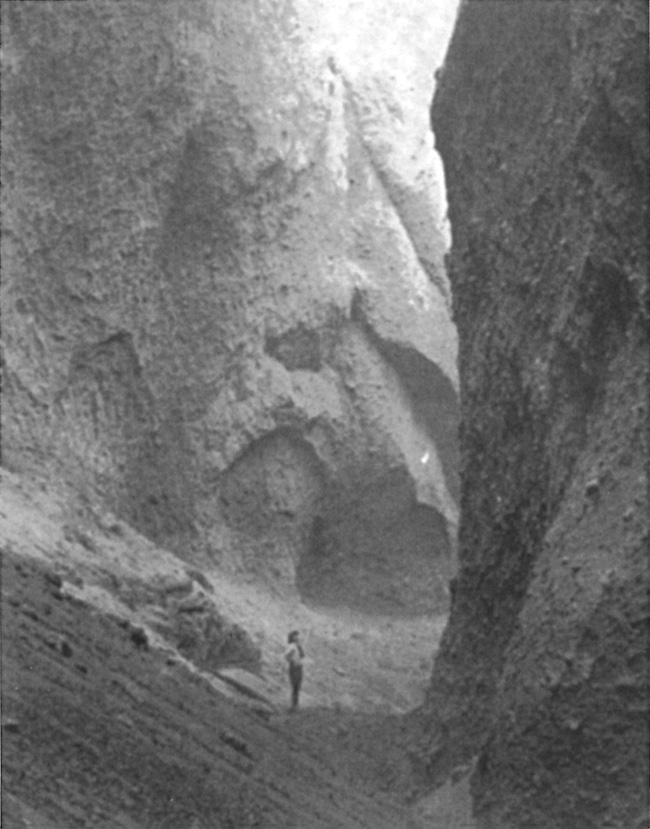Thomson also recommended moving park headquarters from Annie Spring to “Government Camp” in Munson Valley, where, a few years earlier, the Corps of Engineers had kept their offices and staging area. As part of this shift in operations, the NPS built a short trail leading to a stone figure called the Lady of the Woods in 1924. This unfinished statue, sculpted on a boulder in 1917, had periodically received enough newspaper publicity to catch the attention of visitors traveling the road leading to Rim Village and Thomson saw no reason to discourage this interest.56
Both trail projects amounted to small undertakings in a park where Thomson stated “only four of our trails are much traveled.”57 He did not identify which four, but noted in his report for 1925 that heavy spring slides required an unusual amount of work on Sparrow’s trail to Crater Lake. It needed so much repair that the rebuilding practically exhausted the park’s allotment for trail maintenance.58 Thomson omitted any mention of new trails in his report for 1926, though he mentioned that a fire lookout had been built on Mount Scott from U.S. Forest Service plans. Materials needed for construction were hauled to the site by pack animals over a trail some two miles in length that started from the Rim Road at Cloudcap.59
Thomson transferred from Crater Lake in early 1929, having witnessed substantial completion of the Crater Wall Trail the previous summer. With clearing and grading done by contract in 1927, the NPS found that the switchbacks needed to be widened and lengthened to permit travel by horseback. NPS engineer Ward Webber supervised a park crew to complete this work over the following summer. They also built retaining walls where needed, several parapets, and log seats at convenient intervals. Webber commented about placement of the benches, a first at Crater Lake, specifically on the care taken to permit visitors to enjoy “the play of colors on the water and the surrounding cliffs while resting.”60
 |
| Ranger in Llaos Hallway, about 1931. National Park Service photo. |

